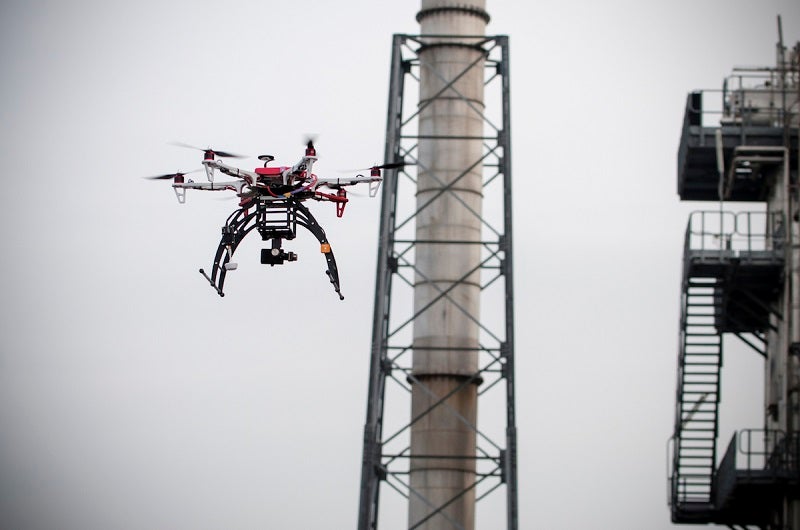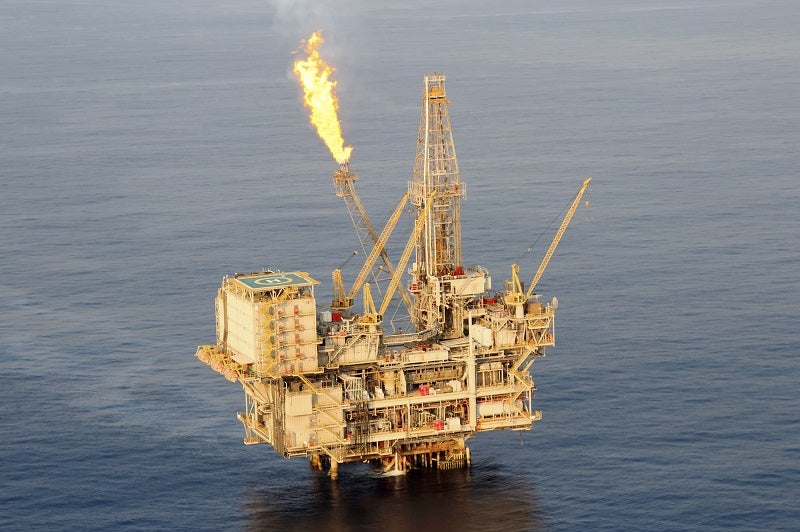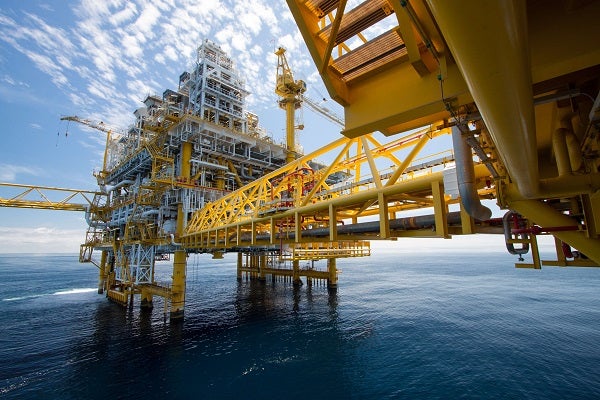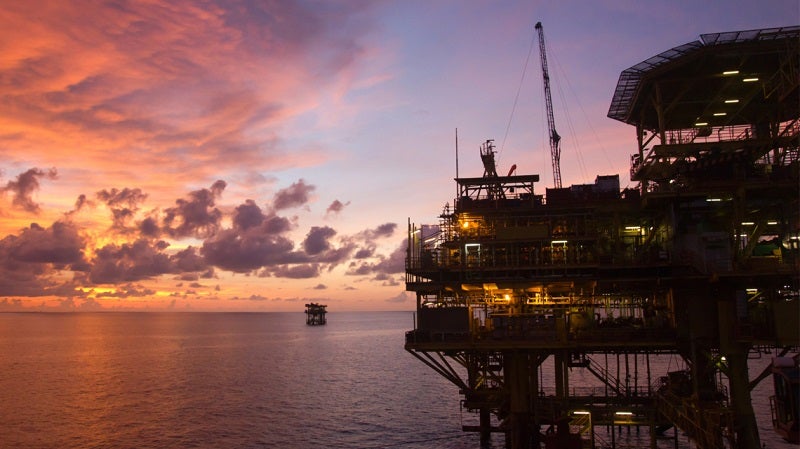Petrotek Inspections is an inspection specialist for the offshore oil and gas sector. We have more than 20 years of experience working on vessels globally, with expert knowledge of the dangers, risks and time constraints that the maintenance of rigs, installations, platforms and FPSOs entails.
The company carries out decommissioning survey work for verification and engineering departments to ensure that assets remain in serviceable condition. We also provide a traceable, historic log of the rate of corrosion on installations.
Offshore and onshore structural inspections using UAVs
Unmanned aerial vehicles (UAV) are able to perform complete, high-quality inspections of offshore structures as part of standard maintenance plans, following severe weather conditions and after structure failure or major incidents.
Using UAV systems with on-board 4K video and high-definition camera equipment, structural conditions are easily captured on video for the client’s assessment and further maintenance planning.
The advancement in UAV technology has allowed for reliable drones with high-quality data capture. The adaptability and size of UAVs allows for close inspections of live systems, as well as advanced image quality and zoom capabilities, providing dependable reports for the operator company.
We can work alongside existing inspection teams during planned maintenance schedules or regularly monitor deterioration. Petrotek Inspections can assemble and mobilise on site rapidly when required or plan meticulous scheduled inspections on a regular basis. Our inspection process takes approximately two days and provides numerous hours of detailed high-definition video data, including thermal imaging and high-resolution stills, as well as reports and recommendations if required.
Riser and installation jacket inspections for offshore platforms
Inspections of risers and installations jackets carry a high risk within the offshore oil and gas industry.
The need for inspection is paramount due to the exposed nature of the structure and risers. Using UAV’s to carry out these general visual inspections (GVI) enables operating companies to monitor, track and identify any problems with the steel structures. In addition, UAVs allow operators to plan maintenance and repair regimes in a timely manner.
Boom and flare tip inspections for offshore facilities
Petrotek Inspections can produce close visual and thermal live boom, flare stack and flare tip inspections, providing detailed reports, recommendations and visual data for one-off, repeat or emergency projects.
Boom and flare tip inspections are carried out as part of regular maintenance management systems. Scheduled examinations of flare tips, flare towers/booms and associated pipework is required, usually between every one to two years, unless otherwise specified by the organisations insurance stipulations.
However, if the inspection is manual, this inevitably leads to shutdowns and premature part upgrade costs when they may not be needed if the asset’s boom and flare tip are proven to be in good order. By using UAV drone inspections, a complete shutdown is a much more carefully planned operation, using business intelligence and data provided by a Petrotek Inspections report.
Cost-effective and efficient offshore inspection management
Combining our expertise, aviation skills and an extensive range of UAV drone and camera equipment, we can save companies money by eliminating or significantly reducing downtime.
On average, Petrotek Inspections will save clients in excess of $4m versus a manual inspection, as well as additional cost savings due to the ability to accurately plan shutdowns.
Petrotek Inspections is able to offer rapid response to any incident, enabling you to assess any situation before personnel attend the installation after any incident.
Reducing human error and safety risks on offshore inspections
UAVs are operated from the installation or from a standby vessel, eliminating risks posed to personnel when carrying out a physical inspection and reducing the potential for accidents or incidents.
The use of UAVs removes the need for personnel being present in hazardous or unknown areas. Image data obtained from the drones enables clients to plan their maintenance strategies, or in case of asset damage, to begin installation recovery from a safe location.
Traditional manual inspections using rope access carry intrinsic risk, which does not need to be taken when using UAVs. The use of drones for initial inspections also allows clients to access areas previously not accessible with helicopters. Given the size of the UAVs they are able to gain closer access to the live systems without any compromise in safety.
Quality operational intelligence for offshore structure maintenance
Data obtained from UAV inspections can be used to create historical log/inspection evidence. This data can be replicated during future inspections and comparisons can be made to monitor any degradation in structural integrity. The advanced image and video quality enables accurate interpretation of the data.
Inspection reports provide data on structural conditions, which is analysed by skilled offshore and Civil Aviation Authority (CAA) qualified engineers, and recommendations are made if required. Decommissioning survey work protects oil and gas systems and ensures that offshore structures remain in serviceable condition.





